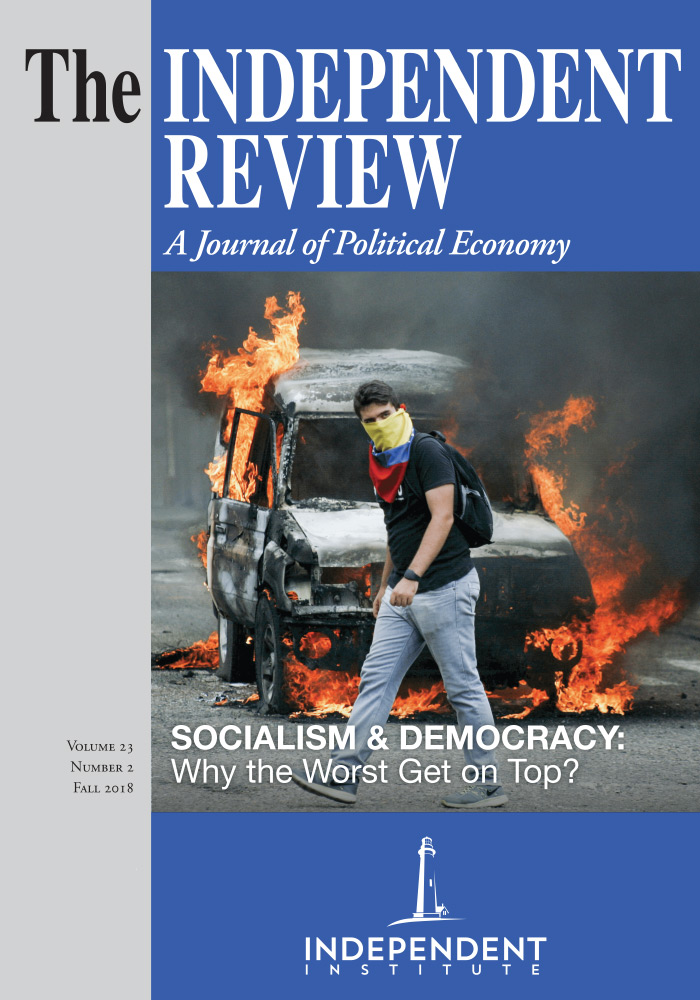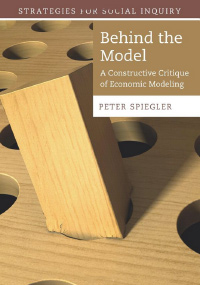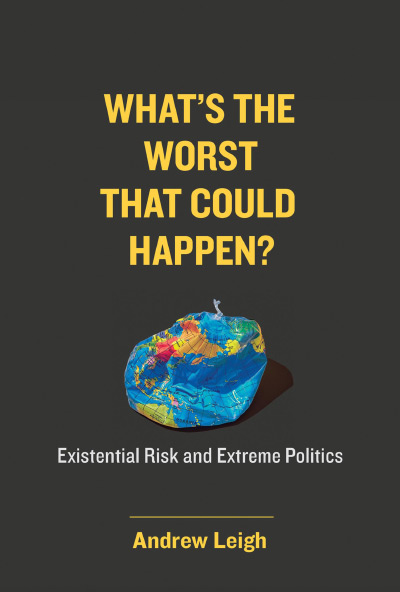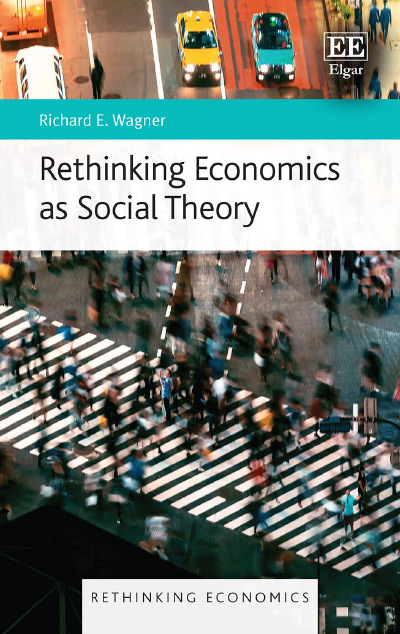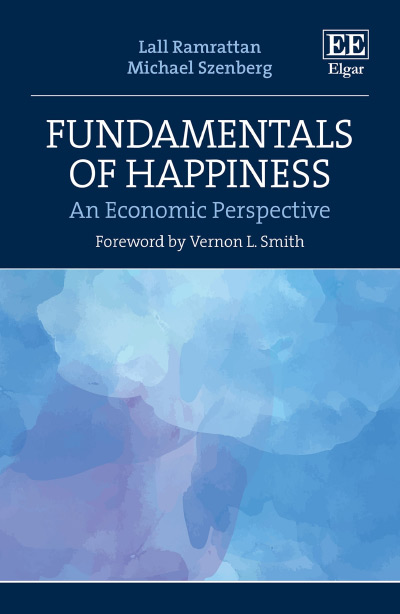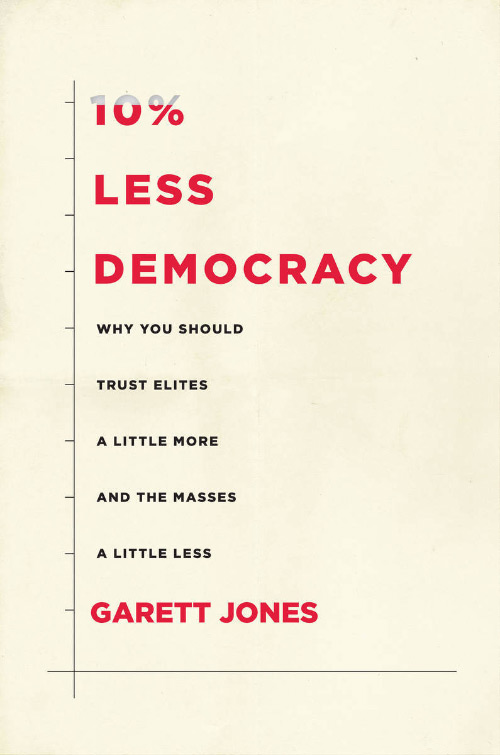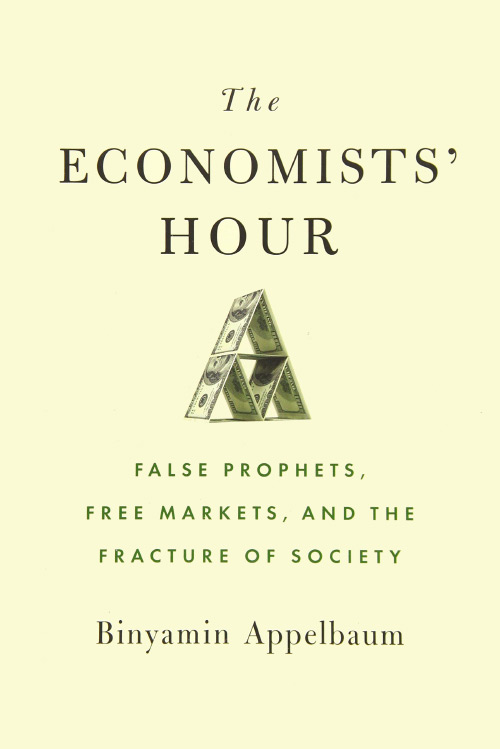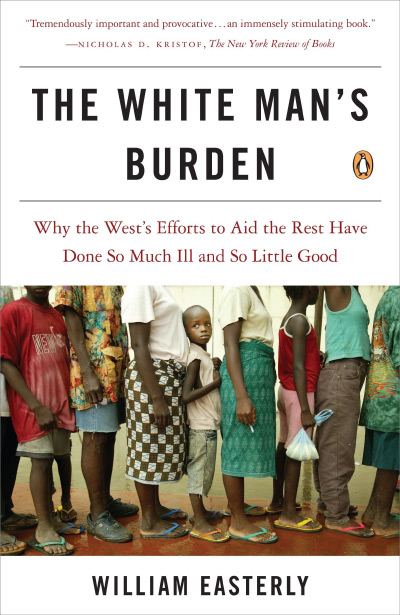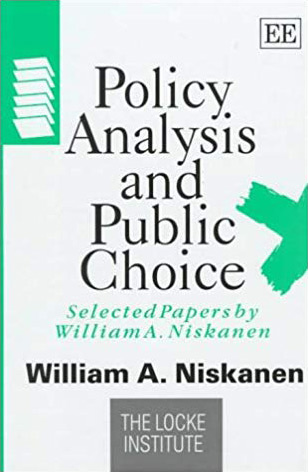On November 5, 2008, the Telegraph famously reported, “During a briefing by academics at the London School of Economics on the turmoil on the international markets the Queen asked: ‘Why did nobody notice it?’” Good question. Since then, many economists and others have responded. What is wrong with (macro)economics? Actually, the question should be, What is wrong with the modeling economists do? Peter Spiegler takes up this issue in Behind the Model: A Constructive Critique of Economic Modeling. The book’s cover shows a square peg forced into a round whole. Spiegler wonderfully addresses the problem.
To be clear, this is not a critique along the lines of the one made by Deirdre McCloskey, that standard economic modeling (“Max U” is her preferred label for what she calls “Samuelsonian” economics) is sterile and not able to address the “big” questions—for example, How is it that some nations are poor and some comparatively rich? Today’s mainstream economics, heavily engaged in mathematical economics, steers clear of these interesting questions because it has nothing to say about how cultures evolve or how we adopted “bourgeois virtues.”
Others have worried that economics took a wrong turn, going the way of physics. Spiegler poses the mismatch question (“between the principles discerned by the scientist and the phenomenon under investigation” [p. 10]) early in the book. Physicists model how particles interact. But particles do not have mood swings that baffle us.
Spiegler addresses mainstream economics on its own terms. He begins with the point made by Milton Friedman some years ago that models are best judged by their predictions. That’s not good enough, writes the author; we would learn too little about the validity of relations (“paths”) inside the black box. How would we identify the important causal factors? Are the models that economists adopt plausible and proper metaphors? Spiegler refines this question with great care.
He looks at conventional mathematical modeling by economists, noting that it requires two transitions (“apt representations,” “correspondences”) between ordinary language and mathematical language (“twice crossing a significant linguistic divide” [p. 47]). The mathematical language is metaphorical. Are the mathematical models economists work with appropriate, plausible, and illuminating metaphors for the human social activity being studied? Spiegler relies on R. I .G. Hughes’s framework, which emphasizes denotation, demonstration, and interpretation (DDI) (“Models and Representation,” Philosophy of Science 64 [1997]: S325–36). In the denotation phase, we move from delimitation, posing the question in plain English, to a mathematical statement of a theoretical model. We solve the model and then interpret the solution, finally answering the original motivating question in plain English. Both language transitions are fraught and not quite as scientific as the modeling project suggests. Spiegler’s discussion is outstanding in elaborating this problem.
In another chapter, Spiegler addresses the empirical tests economists rely on. The rules of econometrics guide us as we go from data to parameter estimates. But then what? Having seen that model construction is fraught, what can we really claim to have found once parameter estimates are in hand? We have tested representations with questionable aptness. Besides, Spiegler notes, “the ability of an economist to produce an effective empirical model is largely an art” (p. 86). How many times have we plowed through a theoretical presentation only to find that a multiple regression is presented and, often as though pulled from a hat, with the claim that the regression equation represents a proper reduced form—and with a bunch of control variables thrown in for good measure?
To illustrate his arguments, Spiegler singles out several well-known economic models in current economic literature and challenges the aptness of the metaphors that the models’ authors have chosen. Among the models scrutinized is the Solow growth model, the Shapiro–Stiglitz paper on efficiency wages, and the “new new institutional economics” (NNIE). I focus on the discussion of NNIE because it is an attempt by economists to model “big” questions. Have economists helped us to better understand how institutions emerge? How do institutions make a difference? There are other big questions NNIE also considers.
Having read this far, readers will not be surprised by Spiegler’s conclusion that the work of NNIE modelers has “set back economists’ understanding of institutions by overstating the applicability of formal models” (p. 96). But this conclusion is not simply opinion. Spiegler has arrived at it via serious argument. He cites the leaps required from ordinary-language descriptions of the social phenomena being modeled to the proto-model (mixture of languages, informal statement of the formal approach) to the formal model in mathematical form. These leaps are inevitably difficult. Do the modelers give up more than they get?
Testing is usually conducted as solutions of the formal models are compared to some slice of historical experience. Spiegler cites examples of such attempted matchings by modelers whom he finds unconvincing. The formal models are not actually tested. The “comparison is done not with the actual elements of the formal model but rather with more nuanced and ambiguous versions of them, i.e,. the proto-model” (p. 110). We are back to language transitions that perhaps inevitably come up short.
Later in the book, Spiegler looks at the performance of dynamic stochastic general equilibrium (DSGE) models in light of their inability to foresee (or explain) the financial crisis of 2007–8 and the run-up to the Great Recession. Specifically, he wants economists “to supplement mathematical models with methods of investigation of the target that cast a wider net” (p. 119). DSGE requires three radical simplifications: the use of a representative agent, the assumption that financial markets are efficient, and the assumption that a linear system (log-linear) is an adequate representation. We now know that what was once seen as a modeling accomplishment did not end well.
Spiegler’s big point about the postcrisis situation is the concern that “there is virtual unanimity . . . in the view that there is no need to look outside economists’ current toolbox for answers” (p. 133).He briefly sketches four areas of postcrisis DSGE criticism: “do nothing”—for example, current models did as well as could be expected in light of policy errors; “model finance,” or make more of the financial sector endogenous; “add complexity”—for example, simulate complexity via agent-based computational models; and take a “fringe position to reconsider formalism.” The author strongly suggests that these approaches do not go far enough.
The world’s middle class gained several billion members in the past twenty to thirty years. There would be new demands for and supplies of credit. There would be new credit markets and instruments. Could standard DSGE models be elaborated to include shadow banking as well as all of the novel assets and liabilities that were devised and traded? Funds from around the world found their way into U.S. housing. We got the housing bubble and its collapse. Spiegler notes that economists saw the run-up to the collapse but left the DSGE apparatus alone. And even if DSGE had kept producing decent forecasts, would that have been a good thing in light of its gross misrepresentation of the economy?
The author dismisses postcrisis work to fixDSGE as inadequate and argues instead for a new field of “interpretive economics”: look at the world before you look at the models. This is where the author gets behind the model. This is where compatibility between formal models and the phenomena being modeled would be checked. The standard modeling Spiegler criticizes in the earlier chapters is too detached from the real-world phenomena involved. Before proceeding on the standard research path, economists should get out more and get to know something about the real-world dimensions of the problem, including some knowledge of real-world decisions as well as of those who make them. Interview them. Get to know what they do, how, and why. The commonsense nature of Spiegler’s suggestion may bring a smile to noneconomists, but Spiegler has a point. He gives Truman Bewley (Why Don’t Wages Fall during a Recession? [Cambridge, Mass.: Harvard University Press, 1999]) a great deal of credit. Here is a traditional theorist who chose to detour from standard modeling and take a cue from anthropologists’ approach. Why are wages rigid? Because those who would cut wages reveal their concern for workers’ morale. Spiegler reviews four recent papers that apparently succeed because the authors took the time to go out and look.
I had thought that macromodels are inadequate because they deal in aggregates and thereby miss the interesting adjustments that market participants are routinely prompted to think hard about and act on. Some of us also think that the omission of public choice from so much of economic modeling leaves the models mute when it comes to the crony capitalism that ever more defines the capitalism we have. The recent recession came about after a concocted housing boom collapsed. The boom was supported by interest groups with powerful lobbies that never rest. These two themes do not appear in Spiegler’s book. But at near two hundred pages, the volume under review offers the best ratio of good ideas per pound this reviewer can recall seeing. Complex materials are presented carefully and clearly. The book is a joy to read and think about.
Concerns over the limits of mainstream economics from on high (including keynote addresses and Allied Social Science Association panels) have been around for some years. But has the core of what is taught in most universities changed much? What is taught is still mostly mathematical modeling. In a better world, Ph.D. students in economics would read (and discuss!) the volume under review in their first year of study. It would give them perspective; it would get them to think hard about what they might spend a lifetime doing.
| Other Independent Review articles by Peter Gordon | |
| Winter 2022/23 | Market Urbanism: A Vision for Free-Market Cities |
| Spring 2005 | Mega-Projects: The Changing Politics of Urban Public Investment |

